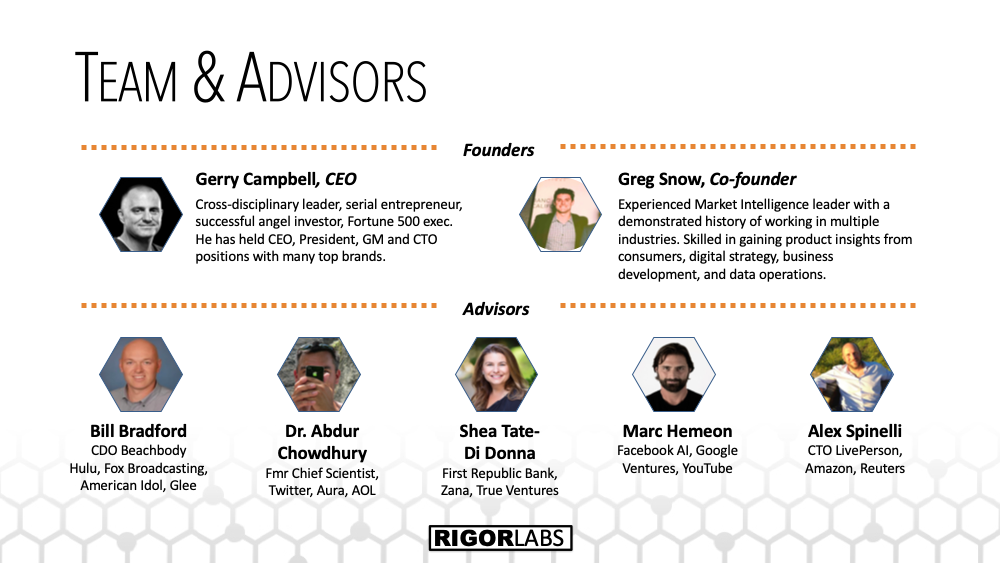 nce upon a time there was a would-be tailor who sought to create the world’s finest clothing. In his grand visions, he would someday clothe presidents, kings and the wealthiest people on earth. This would make him rich and powerful. But first, to get started, he had to find a needle. Without the needle, he wouldn’t be able to begin to sew.
nce upon a time there was a would-be tailor who sought to create the world’s finest clothing. In his grand visions, he would someday clothe presidents, kings and the wealthiest people on earth. This would make him rich and powerful. But first, to get started, he had to find a needle. Without the needle, he wouldn’t be able to begin to sew.
He went to a guru and asked “Where can I find a needle to create my most amazing clothes?” and the guru responded, “Look for it over there in that haystack. You must select two pieces of hay and compare them. Keep the one that looks most like a needle and discard the other. Do this over and over until you find the needle you desire.”
With a smile and a hop in his step the would-be tailor set to the task.
He selected and compared each long, thin piece of hay, day after day… keeping the one that most resembled a needle and discarding the one that didn’t.
After several months of selecting and comparing each piece of hay, he grew tired and returned to the guru. “I have not found the needle yet, and I am tired and poor. I have done nothing but compare hay for months and I am weary.” The guru said “This is The Way, young would-be tailor. You must compare hay strand by strand.”
After another several months, the would-be tailor had become an expert at selecting and comparing hay. He was a hay comparer extraordinaire. In fact, he began to teach others how to compare hay. He was tired and poor, fingers worked to the bone, but he was an expert.
Over time he nearly forgot he wanted to be a tailor. But he kept comparing hay, measuring his progress, teaching others, but he had never found the needle.
Then one day another would-be tailor came along with stars in his eyes, full of his dreams, and asked “What are you doing?”
The weary hay comparer explained “I am looking for a needle so that I can create the world’s finest clothes. This is how you must start too, if you want to be tailor to kings.”
The second would-be tailor stared blankly. Thought for a minute. Then he pulled a match out of his pocket and lit the haystack on fire. It burnt quickly, and when it was done he picked up the needle among the ashes and began to walk away.
Would-be tailor number one hung his head, and said in a sullen tone “How did you know to do that?”
Looking back over his shoulder as he walked away, on his path to be the world’s greatest tailor, he said “It was always about the needle. Not the hay.”
#RigorLabs






